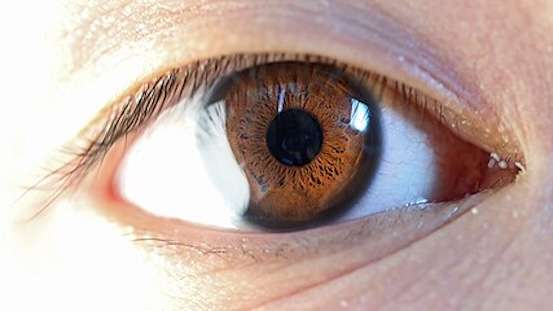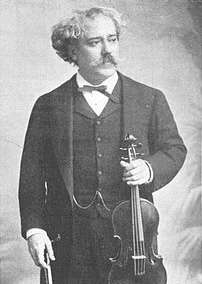SMALL SPACE GARDENING: Don’t let frost end your garden season

 by Melinda Myers
by Melinda Myers
No matter where you garden there never seems to be enough time to grow and enjoy all your favorite vegetables. Start preparing now to extend your growing season and continue enjoying garden fresh vegetables even after the first frost.
Some vegetables like cabbage, broccoli, cauliflower, kale and Brussels sprouts tolerate frost and even taste better after a slight chill. Most of these can tolerate temperatures as low as 24 to 28 ˚F.
Leeks are another vegetable that thrives in cooler temperature. Many tolerate temperatures as low as 20˚ F. Just mound some protective mulch around the plants and continue harvesting.
Take advantage of the chilly winter temperatures to store some of your carrots, turnips and parsnips in the ground for winter. Just cover the soil with straw or evergreen boughs after it lightly freezes. Dig as needed or during a winter thaw. You will enjoy their wonderfully sweet flavor.

Floating row covers protect plants from frost while allowing light, air and water through. (photo courtesy of MelindaMyers.com)
Those first few fall frosts are often followed by a week or more of mild temperatures. Protecting frost sensitive plants from the first few fall frosts is one way of extending your season. Cover the plants with old bed sheets, mattress pads, or similar items in late afternoon and remove them as soon as the temperatures climb above freezing. Keep these handy and be ready to cover whenever frost is in the forecast.
Make it easier by using floating row covers. The spun material allows air, light and water through while protecting the plants from frost. You will find different weights of row covers that provide different levels of temperature protection. Just loosely cover the plants and anchor the edges with stones, boards or garden pins. You only need to remove the fabric to harvest ripe vegetables. Otherwise, it can stay in place until the vegetables stop producing or you decide it is time to end the season.
Create a high tunnel over garden beds filled with large plants. Use hoops and row cover to allow easy access for harvesting while protecting the plants.
Cloches have long been used to jump start the season or extend it beyond the first fall frost. You’ll find a variety of shapes and sizes available. Select one large enough to cover your plants and protect them as needed. Look for those with vents to prevent plants from overheating and those that allow water through while trapping in the heat.
Don’t let unripe tomatoes go to waste if you are unable or unwilling to protect them from frost. Harvest any that are starting to show color before the killing frost and finish ripening them indoors. The bottom of the tomato should be greenish white or starting to color up. Store your green tomatoes in a cool (60 to 65 degrees) location to extend their storage life.
Spread out the tomatoes on heavy paper or wrap them individually in newspaper so the fruit do not touch each other. They’ll ripen over the next few weeks. Speed up the process by moving a few tomatoes to a warm bright location a few days before they’re needed. Enjoy green tomatoes fried, in relish, salsa, pies or many other ways.
And when your season ends, begin planning for next year. Enlist some of these strategies to jump start the season for an earlier harvest.
Melinda Myers has written over 20 gardening books, including Midwest Gardener’s Handbook, 2nd Edition and Small Space Gardening. She hosts The Great Courses “How to Grow Anything” instant video and DVD series and the nationally syndicated Melinda’s Garden Moment radio program. Myers is a columnist and contributing editor for Birds & Blooms magazine. Myers’ website is www.MelindaMyers.com.






 Don’t take your eyes for granted. Take these easy steps to keep your peepers healthy.
Don’t take your eyes for granted. Take these easy steps to keep your peepers healthy.











